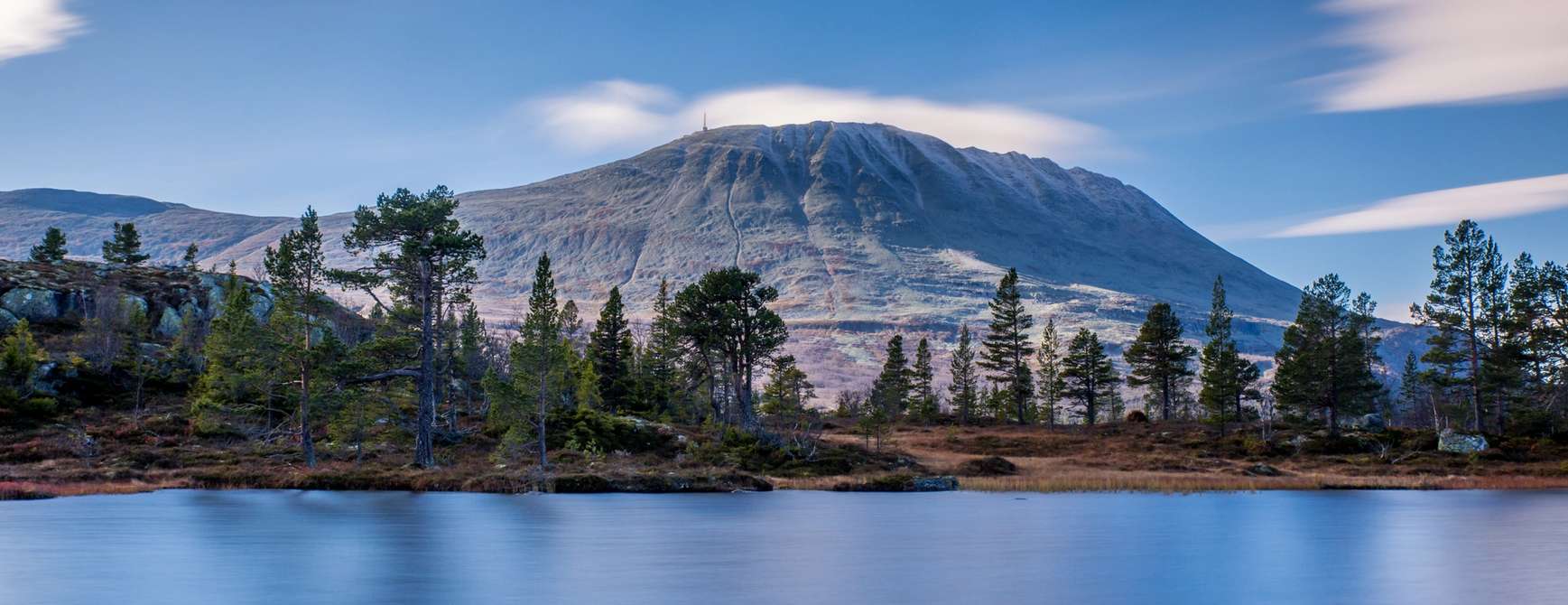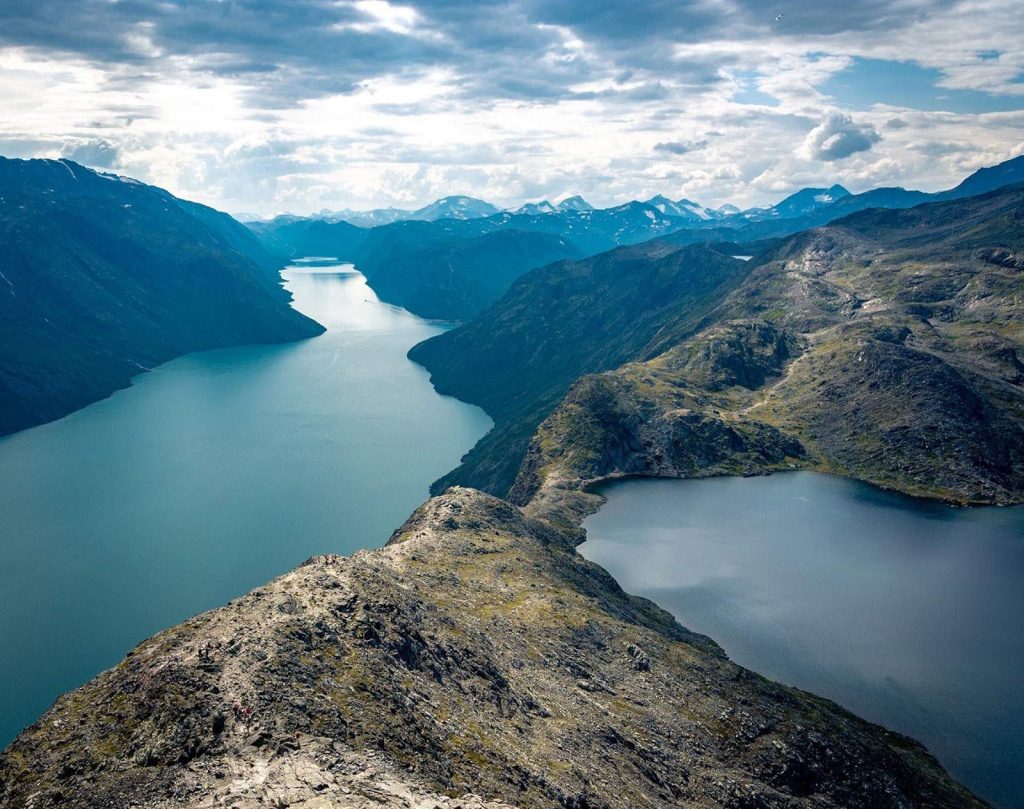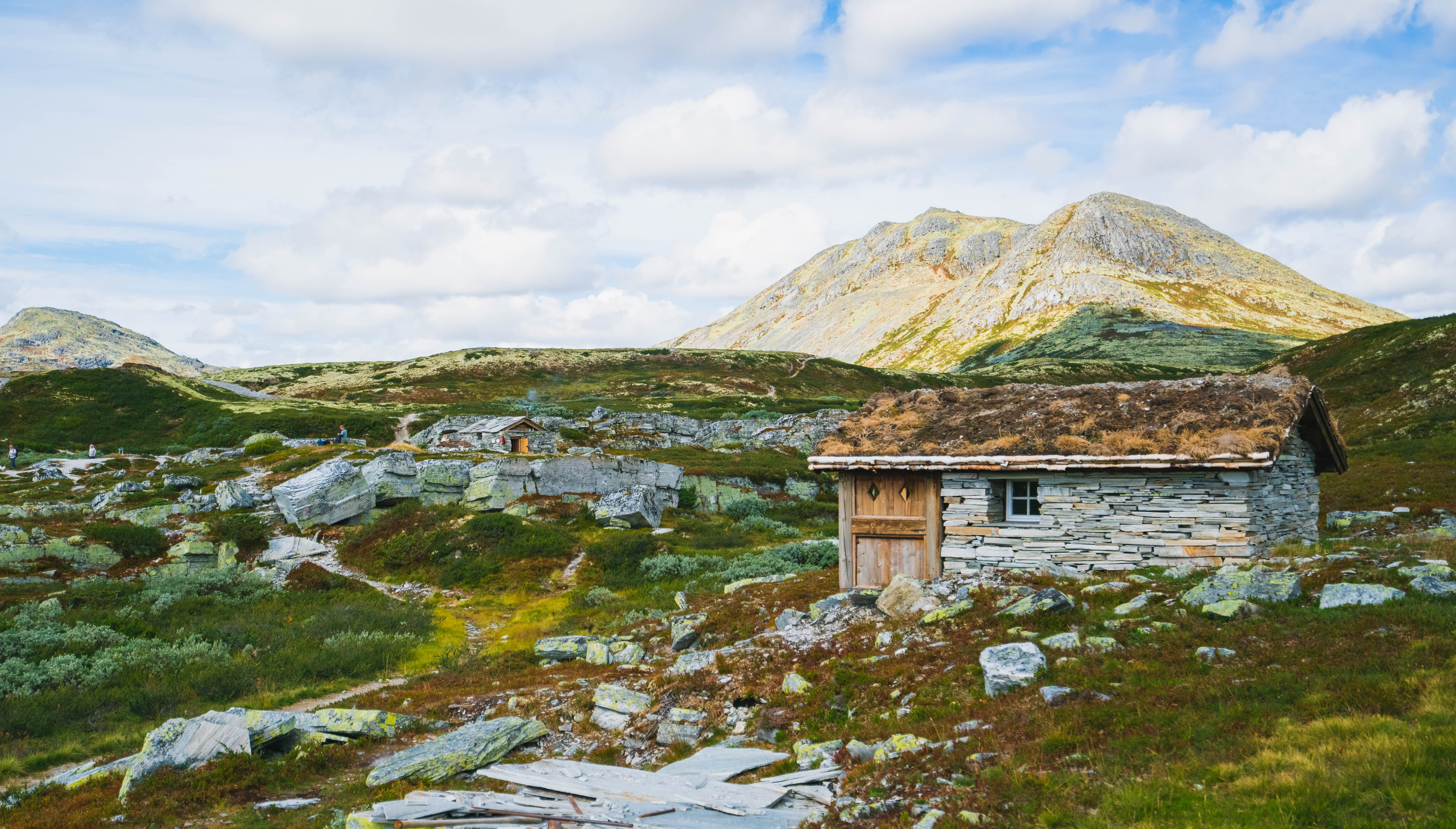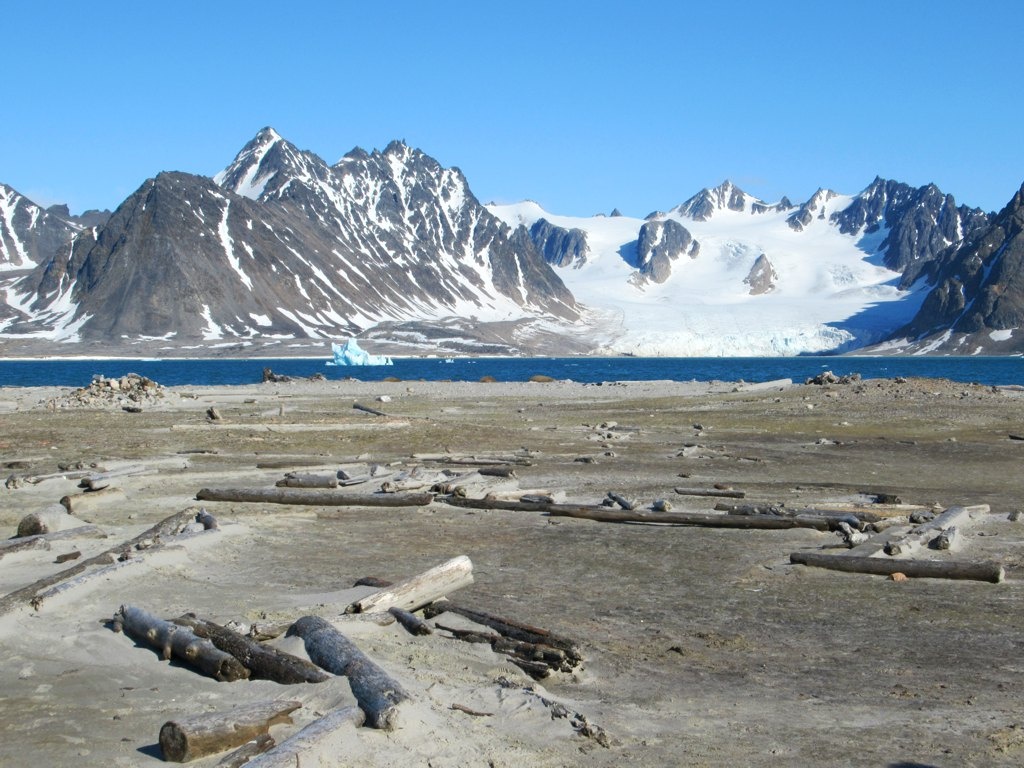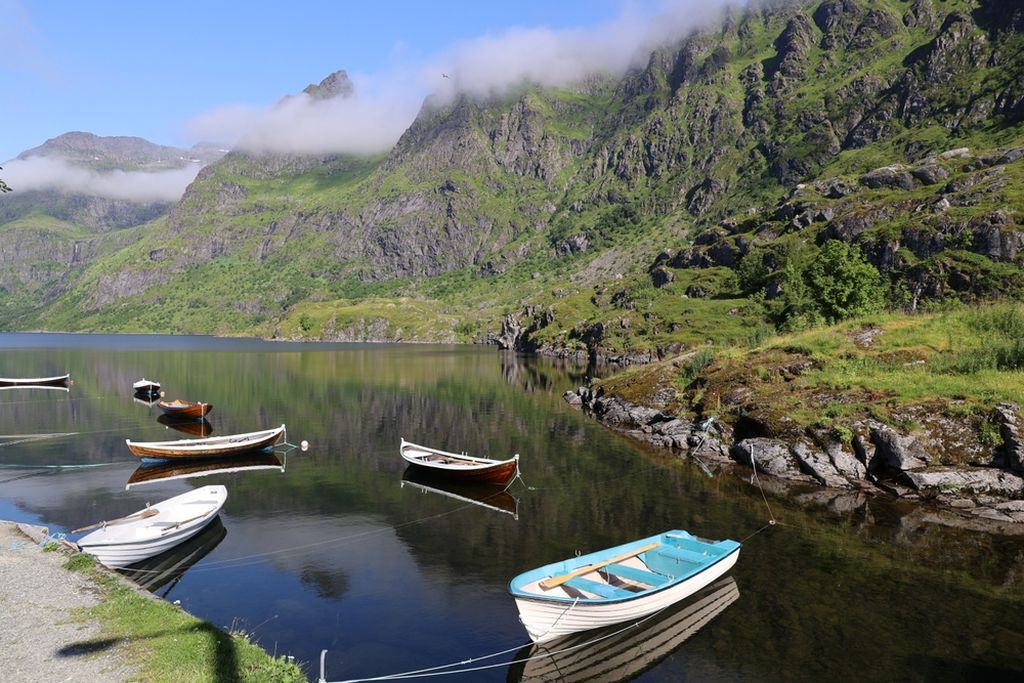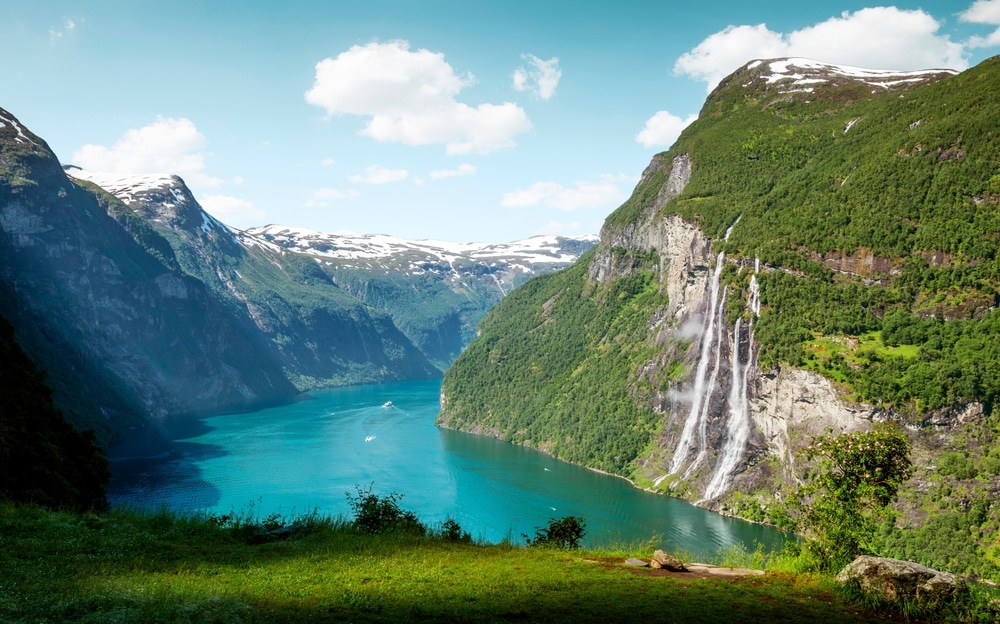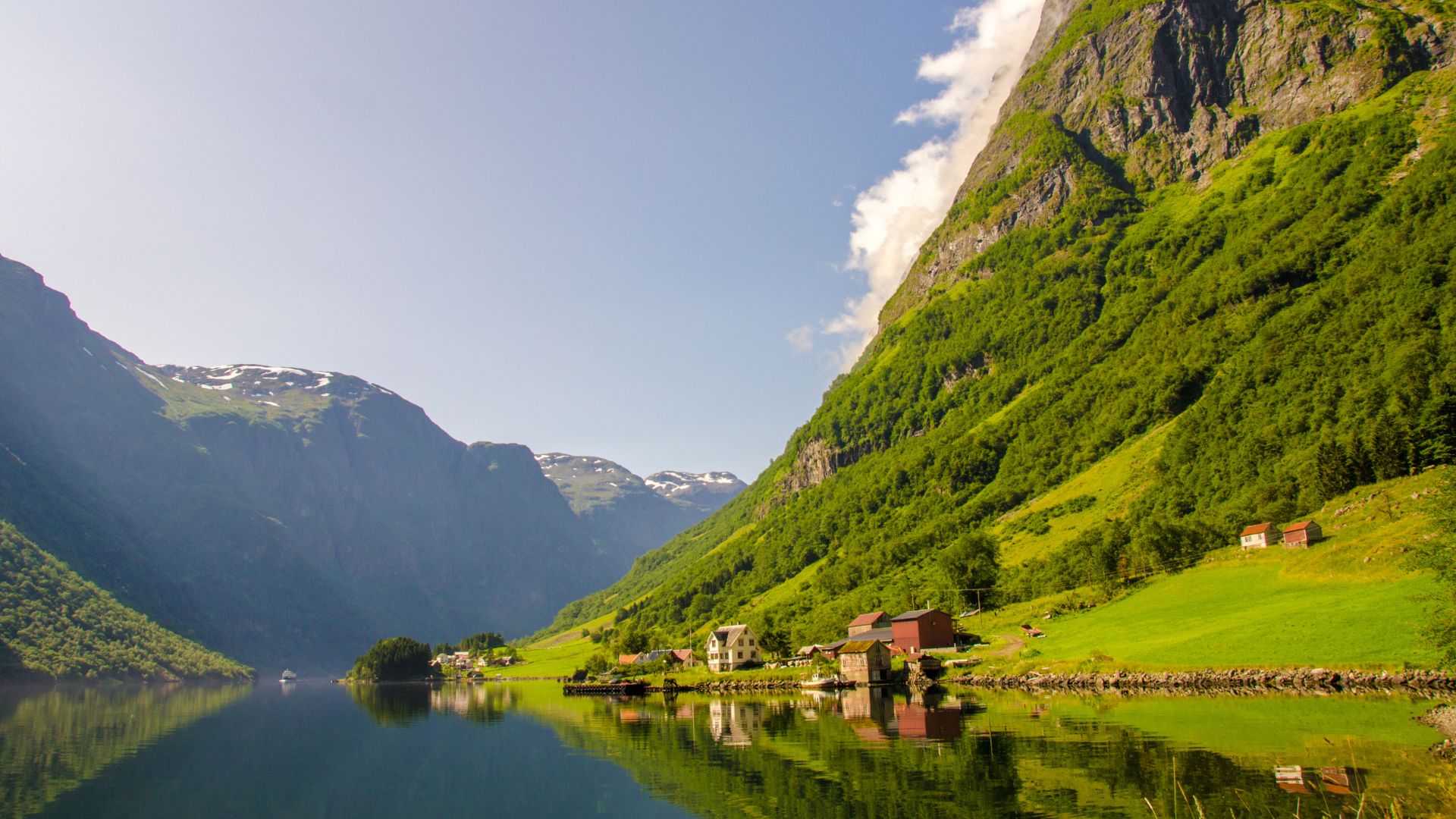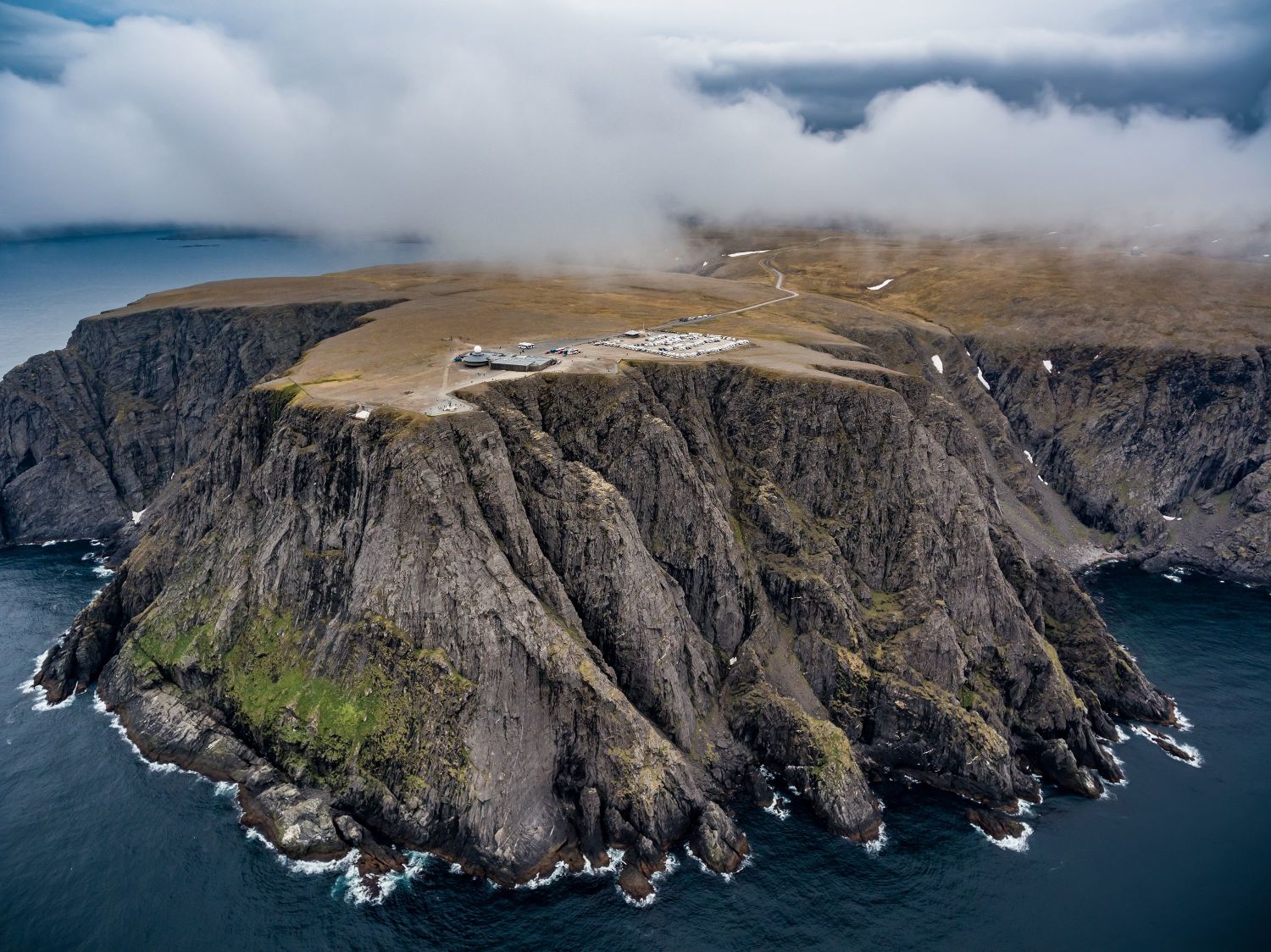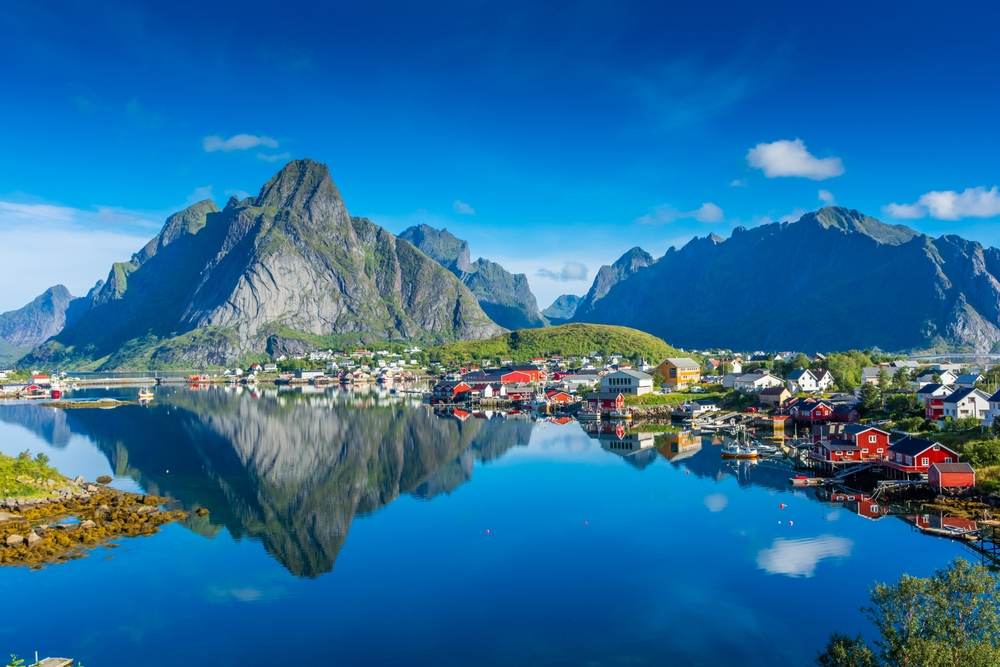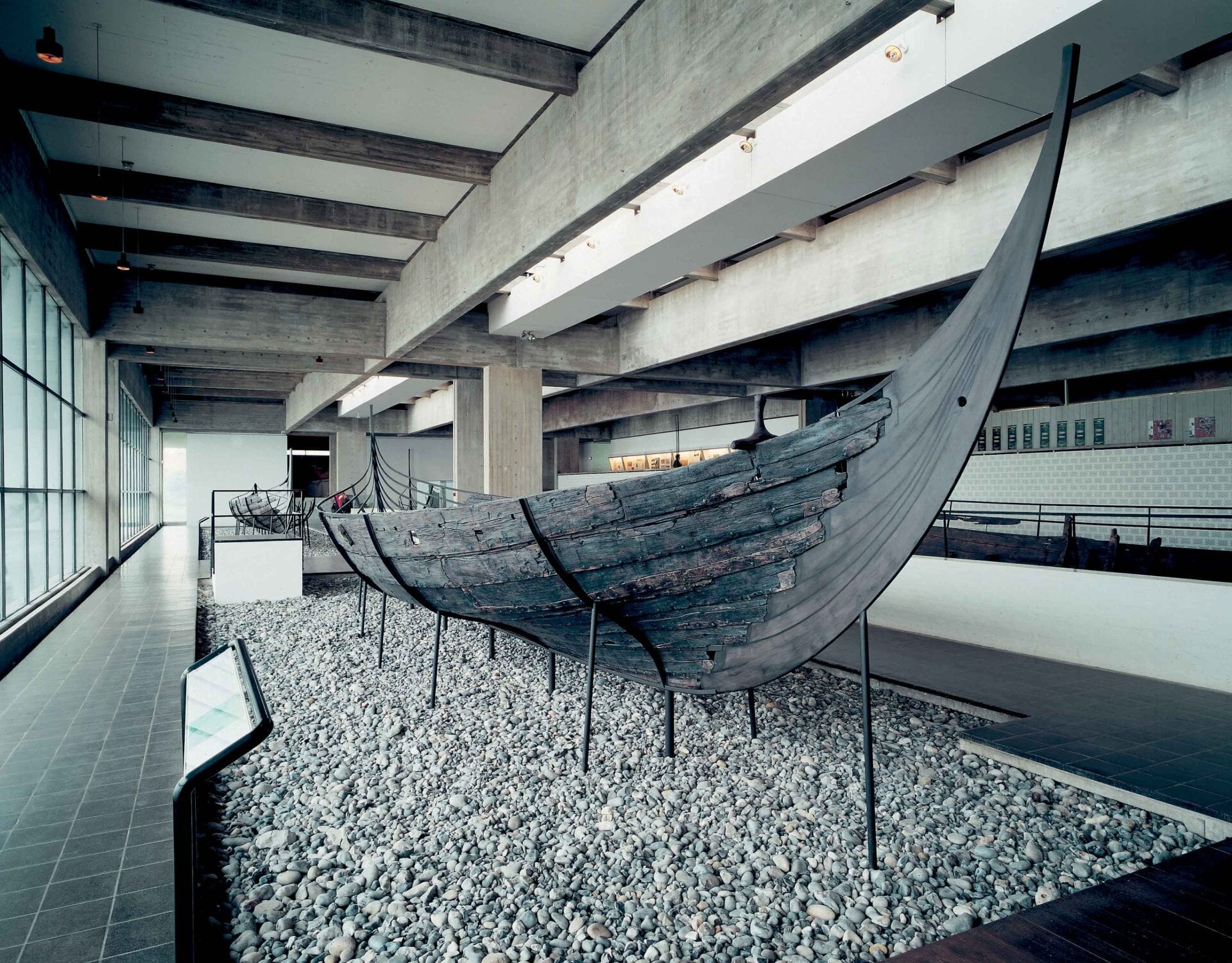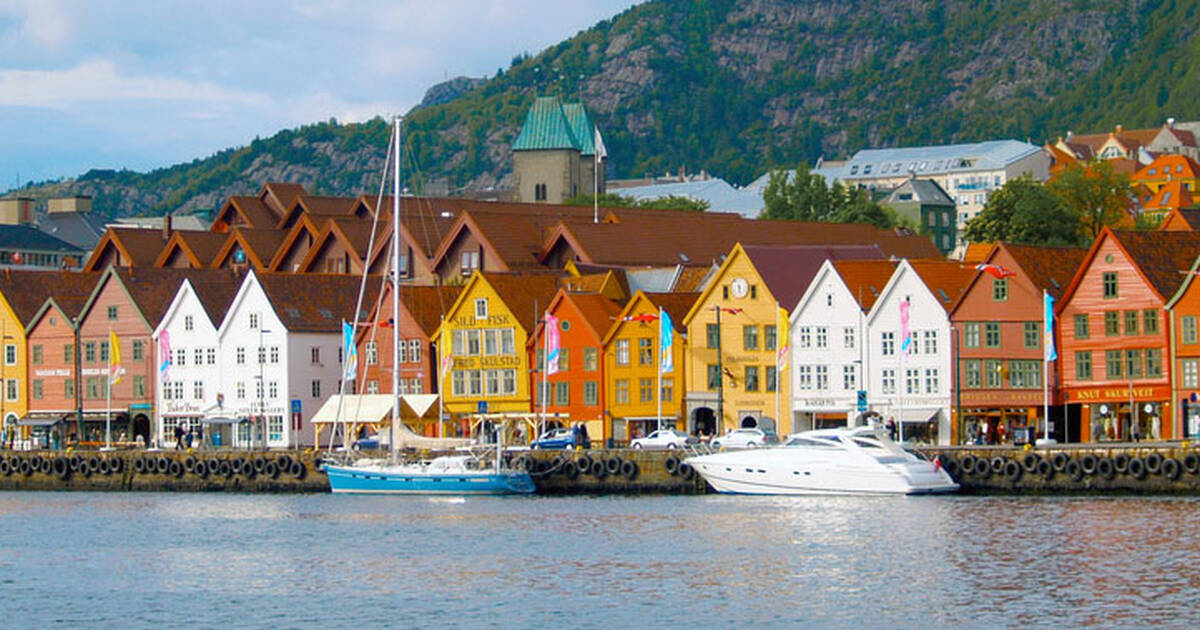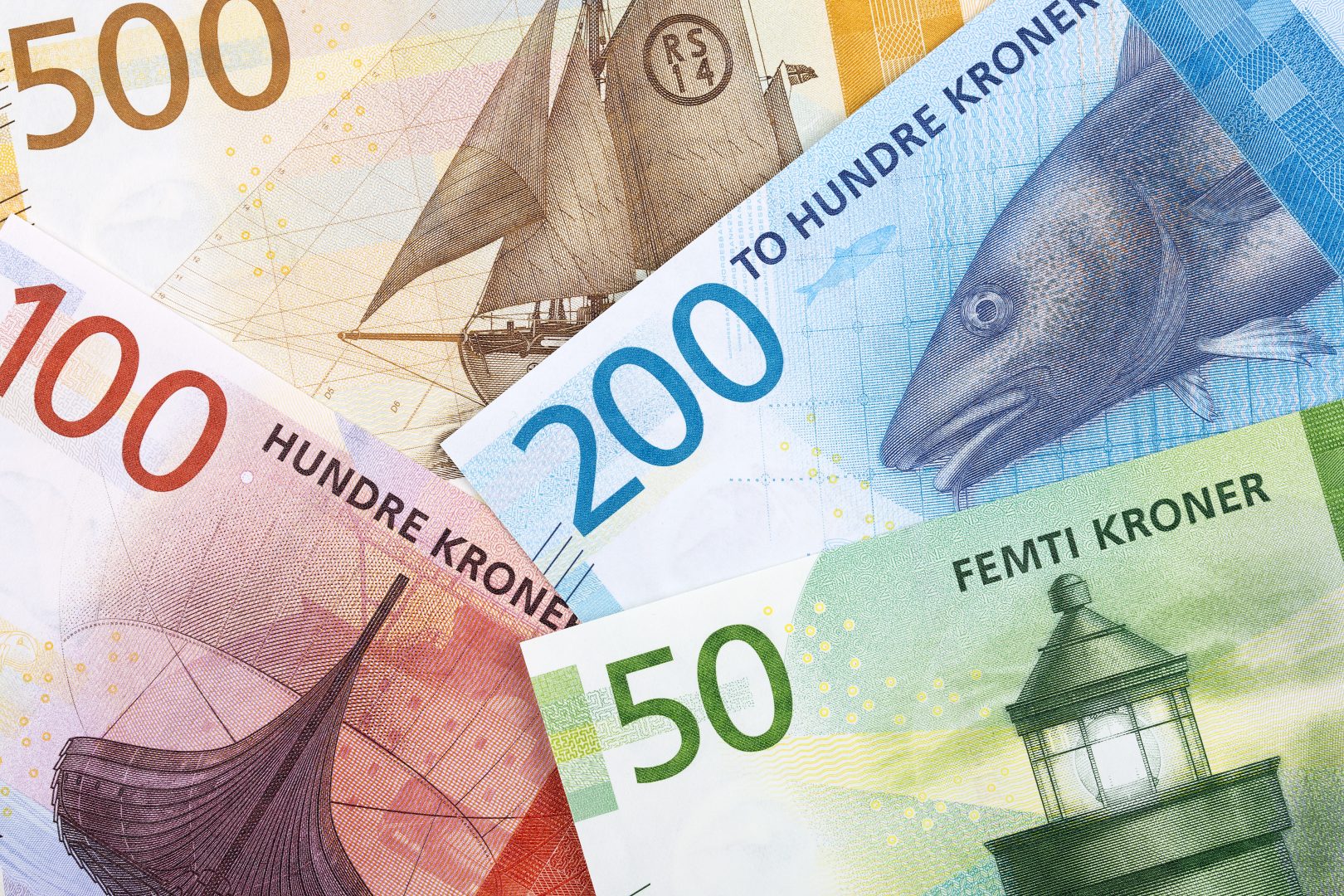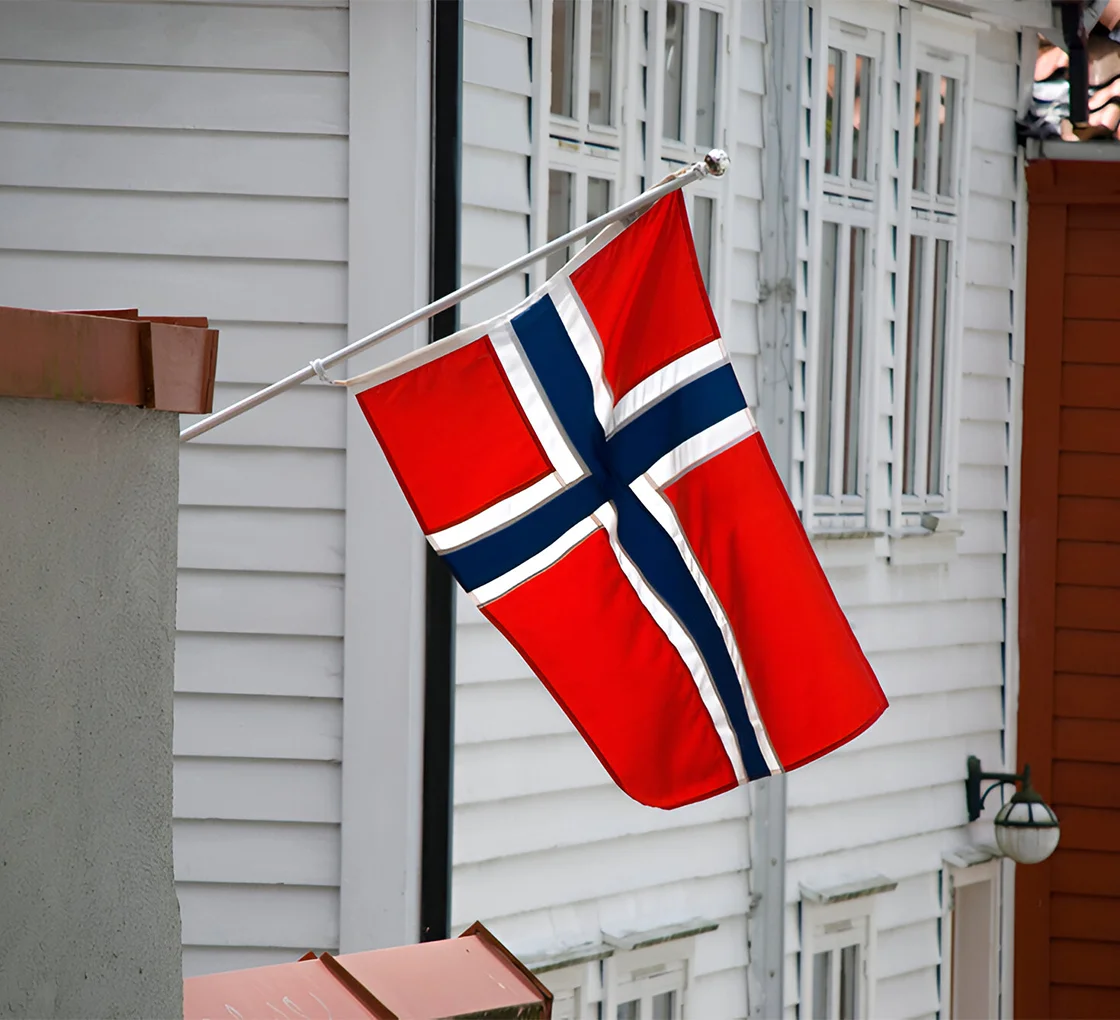Map Of Norway - All You Need To Know About This Scenic Beauty
When planning a trip to Norway, having a reliable map is crucial for navigating its varied terrain. From the bustling streets of Oslo to the tranquil beauty of the northern fjords, a map will help you experience the best of what Norway has to offer.
Author:Michael RachalReviewer:Finn WildeApr 25, 2025454 Shares32.4K Views
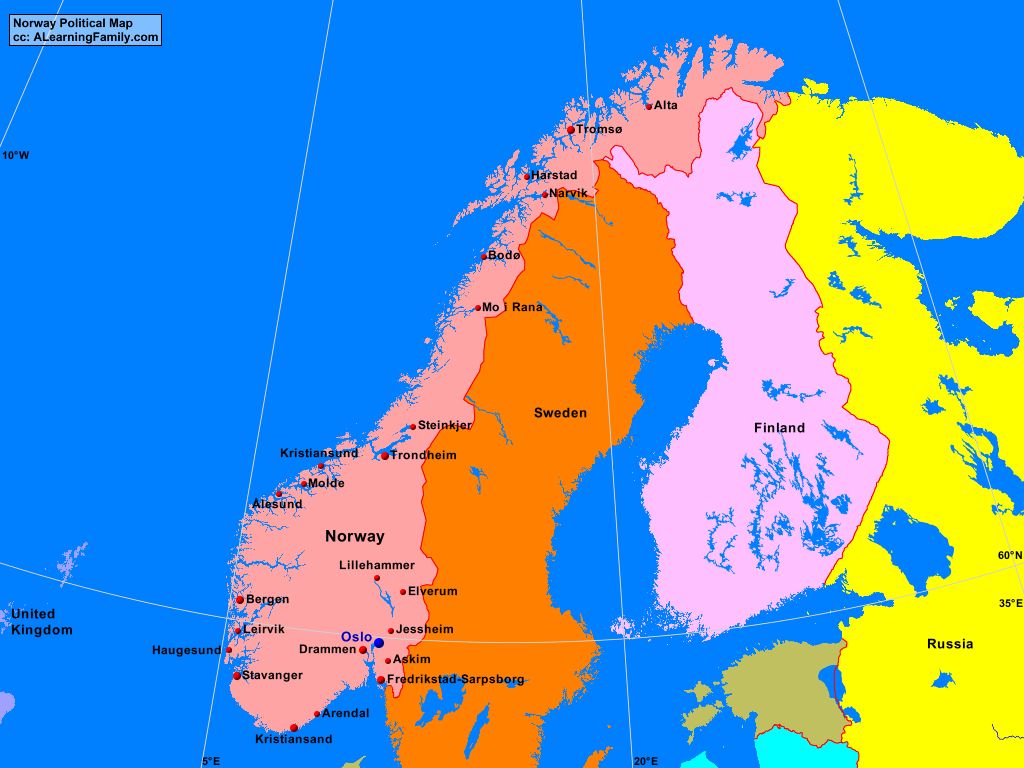
Norway is a nation of spectacular beauty, with breathtaking landscapes and a rich cultural past. From its beautiful towns to its breathtaking fjords, the country has something for every type of traveler. However, traversing through its diverse landscape might be difficult without the proper instruments.
Geographical Overview Of Norway's Map
The map of Norwaydepicts its location in Northern Europe, reaching across the western section of the Scandinavian Peninsula. It shares borders with Sweden, Finland, and Russia and is bounded by the North Sea, the Norwegian Sea, and the Barents Sea. Norway's coastline is famous for its fjords, which are deep, narrow inlets created by glaciers.
The country has a diversified geography, including rocky mountains, huge forests, and Arctic tundra in the north. The map also shows Norway's archipelagos, including Svalbard and Jan Mayen, which are important regions of the country.
Map Of Norway's Cities
Norway's cities sprawl out over the entire nation, including those near the coast. Oslo, the capital, is located in the country's southeast and acts as an economic and cultural hub.
Bergen, located on the southwest coast, is a gateway to the fjords. Trondheim in central Norway is noted for its historical importance, whereas Tromsø in the Arctic Circle is famed for the Northern Lights. Norway's diversified urban landscape includes notable cities like Stavanger, Kristiansand, and Ålesund.
Population Of Norway
Norway's population is approximately 5.5 million. Most people live in metropolitan areas, with a high concentration in the Oslo metropolitan region. The population density is low compared to other European countries, as the country's mountainous nature leaves vast areas deserted or lightly populated. The majority of the population lives in coastal cities and towns, whereas northern regions, such as Tromsø and Finnmark, have fewer residents, reflecting the difficulty of living in the Arctic.
Regions On The Map Of Norway
Norway's map shows various separate regions. Eastern Norway, which includes the capital city of Oslo, is known for its woods and lakes. Western Norway is home to renowned fjords and rugged terrain. Southern Norway has lovely coastal villages and beaches.
Central Norway includes the Trondheim area, which combines historical landmarks with natural beauty. Northern Norway, which extends into the Arctic, features the Lofoten Islands and extensive tundra, providing a glimpse into the distinctive Arctic ecosystem.
Capital Of Norway - Oslo
The capital city, Oslo, is located at the head of the Oslofjord in southeastern Norway. It serves as the nation's administrative, cultural, and economic hub. The city is notable for its modern architecture, green spaces, and accessibility to nature.
The map of Oslo includes significant landmarks such as the Royal Palace, Akershus Fortress, and the Oslo Opera House. The city is also a center for education and innovation, with numerous universities and research institutions.
Types Of Maps Of Norway
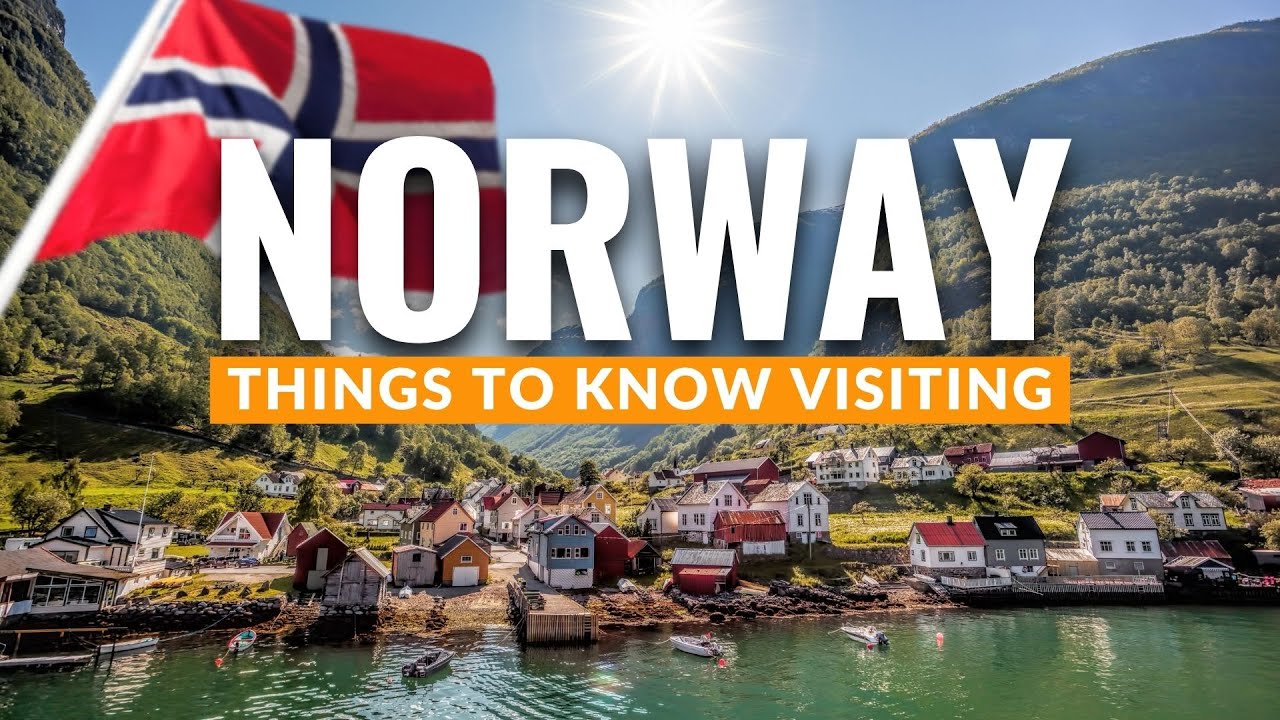
Norway Travel Guide: Travel Tips For Visiting Norway
Various maps provide information about Norway's terrain, infrastructure, and attractions. Political maps depict administrative divisions like counties and municipalities. Mountains, rivers, and fjords are prominent natural elements in physical maps.
Topographic maps show elevation variations, which makes them handy for outdoor activities. Road maps emphasize the enormous roadway system, whereas tourist maps highlight sites of interest, such as cultural and natural attractions. Specialized maps, such as climatic and geological maps, provide extra insight into the country.
National Parks In Norway
Norway has several national parks that showcase its pristine natural beauty. These parks preserve diverse ecosystems, ranging from Arctic tundra to dense forests and alpine regions.
Hardangervidda National Park
Hardangervidda National Park, located in southern Norway, is one of Europe's largest alpine plateaus and a vast wilderness that appeals to both nature enthusiasts and adventure seekers. The park, known for its difficult terrain, diverse fauna, and stunning scenery, is a hiker's paradise, with over 2,500 kilometers of defined paths.
Its enormous breadth is home to reindeer herds, and its crystal-clear lakes and rivers are ideal for fishing and kayaking. Hardangervidda's diverse landscapes, which range from alpine meadows to desolate mountain summits, offer a peaceful getaway into Norway's wild heart.
Jotunheimen National Park
Jotunheimen National Park, located in central Norway, is a breathtaking area of mountains, glaciers, and valleys that form part of the greater Jotunheimen mountain range. The park provides a variety of outdoor activities, ranging from strenuous hikes and climbs to more leisurely strolls around its tranquil lakes.
Jotunheimen is famous for its breathtaking scenery, which includes the distinctive glaciers and high peaks of the Jotunheimen range. It is also home to a diverse range of species, including golden eagles and reindeer, making it an ideal destination for nature lovers wishing to enjoy Norway's harsh splendor.
Ondane National Park
Ondane National Park, located in northern Norway, is a remote and unspoiled wilderness area known for its high peaks, huge woods, and quiet lakes. The park's spectacular terrain make it ideal for hiking, skiing, and animal spotting.
Ondane is less visited than other parks, providing a tranquil and unspoiled environment for individuals seeking isolation in nature. The park has a diverse bird population, including eagles, and is a popular location for visitors looking for adventure and the beauty of Norway's northern wilderness.
Svalbard’s Nordvest-Spitsbergen National Park
Nordvest-Spitsbergen National Park is located in the Arctic archipelago of Svalbard and features a distinct and rugged environment of glaciers, mountains, and fjords. Known for its harsh surroundings, the park is home to polar bears, walruses, and seals, making it an ideal destination for wildlife enthusiasts.
Visitors can explore the park by boat, glacier, and hiking trails, all while experiencing the majestic seclusion of the Arctic. The spectacular landscapes and fauna of Nordvest-Spitsbergen offer a unique view into living in one of the world's most remote and pristine regions.
Lofotodden National Park
Lofotodden National Park, located on the Lofoten Islands, is a breathtaking national park recognized for its dramatic coastline vistas, towering peaks, and diverse wildlife. The park contains some of Norway's most magnificent scenery, including rugged mountains rising abruptly from the sea, gorgeous beaches, and thriving fishing villages.
Lofotodden is a delight for outdoor enthusiasts, offering opportunities for hiking, kayaking, and wildlife viewing, especially birdwatching, as the area is home to a variety of seabirds. To find the best experiences in this breathtaking park, visitors should explore its rocky beauty and distinctive coastal ecosystems, which stand out as some of Norway's most stunning natural landscapes.
Major Routes And Highways In Norway
Norway's map depicts a network of highways and picturesque routes connecting urban and rural areas. The E6 is the country's principal north-south roadway, running from the Swedish border in the south to the Arctic circle in the north.
The E39 travels along the west coast, connecting Stavanger, Bergen, and Trondheim. National tourism roads like the Atlantic Road and Trollstigen are famous for their magnificent scenery and engineering marvels. Ferries and tunnels are essential for connecting islands and crossing fjords, ensuring access in difficult terrain.
Top Attractions On The Map Of Norway
Geirangerfjord
Geirangerfjord, located in Norway's Sunnmøre region, is a UNESCO World Heritage Site renowned for its stunning beauty and dramatic landscapes. Surrounded by towering cliffs and deep blue waters, the fjord is home to iconic waterfalls like the Seven Sisters, which cascade down the mountainsides, and The Suitor, situated across the fjord.
The gorgeous community of Geiranger, perched at the fjord's head, is an ideal starting point for exploring, with activities such as kayaking, hiking, and scenic drives. Viewpoints like Dalsnibba and Flydalsjuvet offer stunning views, while the fjord's waterways are teaming with animals such as eagles, seals, and porpoises. Geirangerfjord is an extraordinary site that captivates visitors with its natural grandeur and tranquility. atmosphere.
Nærøyfjord
Naerøyfjord, a UNESCO World Heritage Site, is one of the most magnificent and narrow fjords in Norway, extending through the rugged mountains of Vestland. Surrounded by high mountains and flowing waterfalls, it provides a peaceful retreat into nature's raw splendor.
Visitors can explore its serene waterways by taking ferry rides, kayaking expeditions, or hiking trails that provide breathtaking views of this natural treasure. Nærøyfjord, a fork of the greater Sognefjord, showcases Norway's unique fjord vistas, captivating guests with its timeless charm.
The North Cape
The North Cape, a dramatic promontory at the northernmost tip of mainland Europe, beckons adventurers seeking an unforgettable Arctic experience. Perched on a 1,000-foot cliff overlooking the Barents Sea, it offers breathtaking views: the midnight sun painting the sky in ethereal hues during summer, and the mesmerizing Northern Lights illuminating the night sky in winter.
Visitors can explore the North Cape Hall, where an exhibition delves into the region's history, to enhance your journey, take advantage of exclusive travel deals, such as discounted access to the Hall and other attractions. The North Cape is more than just a geographical landmark; it's a journey to the edge of the known world, a place where the power and beauty of the Arctic come alive.
Lofoten Islands
The Lofoten Islands, an archipelago in northern Norway, are known for its majestic peaks, white sand beaches, and attractive fishing settlements. This enchanting region is a haven for outdoor enthusiasts, with activities such as hiking, fishing, and kayaking, as well as chances to see the northern lights.
The colorful settlements of Reine and Henningsvaer add to the island's allure, while the craggy shoreline and pristine waters make Lofoten a photographer's paradise. Whether it's summer's midnight sun or winter's Arctic brilliance, the Lofoten Islands offer remarkable experiences.
The Viking Ship Museum
The Viking Ship Museum in Oslo is a treasure trove of Norway's rich Viking past, displaying some of the most well-preserved Viking ships ever discovered. The Oseberg, Gokstad, and Tune ships, which date back over a thousand years, provide a look into the seafaring culture that influenced Scandinavian history.
Along with the ships, visitors can examine relics such as tools, fabrics, and ceremonial items, which provide a better insight of Viking life. The museum is a must-see for history buffs and those fascinated by the fabled Vikings.
Bryggen Wharf
Bryggen Wharf in Bergen is a historic gem and a UNESCO World Heritage Site, famous for its colorful wooden buildings lining the waterfront. Once a bustling center for trade during the Hanseatic League era, Bryggen is now a vibrant hub of culture and history.
Travelers can wander through its small streets, discover artisan stores, and visit museums that tell the story of Bergen's rich history. Bryggen Wharf, with its lovely atmosphere and spectacular backdrop of mountains and sea, represents Norway's rich cultural heritage and maritime traditions.
See Also: Vietnam Map Guide
Dialing Code Of Norway
The dialing code for Norway is +47. This code is used to make international calls to Norway, followed by the local phone number. It ensures smooth contact with individuals and businesses around the country.
Currency Of Norway
Norway uses the Norwegian krone (NOK) as its currency. The krone is subdivided into 100 øre, though øre coins are no longer in circulation. The currency is recognized for its colorful banknotes featuring prominent Norwegian figures and natural motifs.
Flag Of Norway
The Norwegian flag is red with a blue cross highlighted in white. The cross extends to the flag's edges, symbolizing Christianity. The pattern honors Norway's historical ties to other Nordic countries, who also utilize cross designs on their flags.
10 Interesting Facts About Norway
- Norway boasts one of the world's longest coasts, spanning 58,000 kilometers, including fjords and islands.
- The country is a renewable energy leader, with hydropower accounting for a considerable share of its electricity generation.
- The midnight sun appears in the northern regions throughout the summer, whereas the polar night occurs in the winter.
- Norway is home to the world's longest road tunnel, the Laerdal Tunnel (24.5 kilometers).
- The Nobel Peace Prize is awarded yearly in Oslo.
- The Sami people of northern Norway have a rich cultural legacy.
- Norway routinely ranks high in global happiness and quality of life indexes.
- The Hurtigruten coastal ferry route is a popular way to travelalong Norway's coastline.
- The country features more than 1,000 fjords, the longest and deepest of which being the Sognefjord.
- Norway brought salmon sushi to Japan in the 1980s.
FAQs
Are There Any Specialized Maps Of Norway's Coastline Areas?
Yes, maritime charts and coastal maps depict picturesque routes, ferry connections, and areas of interest.
Which Is The Best Travel App For Norway?
Apps such as "Norwegian Road Traffic" for driving and "UT.no" for hiking are excellent for getting about Norway.
What Are The Finest Methods For Navigating Norway's Rural Areas?
The best method to travel Norway's isolated locations is with precise maps, GPS gadgets, and offline mapping apps.
Can I Rely On Google Maps While Driving In Norway?
Yes, Google Maps works well in cities and on roads, but for more distant regions, try using offline maps or GPS devices.
Conclusion
An appropriate map of Norway is your key to realizing the full potential of this breathtaking country. From the bustling streets of Oslo to the tranquil fjords and rocky mountain routes, each map provides a distinct advantage based on your travel preferences.
Moving around the bustling cities, venturing off the main route, or hiking through Norway's stunning landscapes, having a dependable map makes for a seamless and enriching journey.
You Might Also Like: Detailed Map Of Denmark
Jump to
Geographical Overview Of Norway's Map
Map Of Norway's Cities
Population Of Norway
Regions On The Map Of Norway
Capital Of Norway - Oslo
Types Of Maps Of Norway
National Parks In Norway
Major Routes And Highways In Norway
Top Attractions On The Map Of Norway
Dialing Code Of Norway
Currency Of Norway
Flag Of Norway
10 Interesting Facts About Norway
FAQs
Conclusion

Michael Rachal
Author
Michael Rachal believes that luxury lies in the details. With over 20 years of experience in the luxury travel industry, he has crafted hundreds of bespoke itineraries for clients seeking personalized, unforgettable experiences.
Whether guiding clients through private cultural tours or curating culinary journeys with world-renowned chefs, Michael ensures that each trip is tailored to perfection.
His ability to anticipate needs and exceed expectations has earned him a reputation as a leading expert in luxury travel.

Finn Wilde
Reviewer
For Finn Wilde, the wilderness is more than just a destination - it’s a way of life. Over the past decade, he has led multiple expeditions in some of the world’s most remote regions, from the icy fjords of Greenland to the rugged trails of Patagonia.
Finn emphasizes sustainability in all of his adventures, helping participants connect with nature while promoting responsible exploration. His expeditions inspire individuals to explore the great outdoors while fostering a deep respect for the environment.
Latest Articles
Popular Articles
